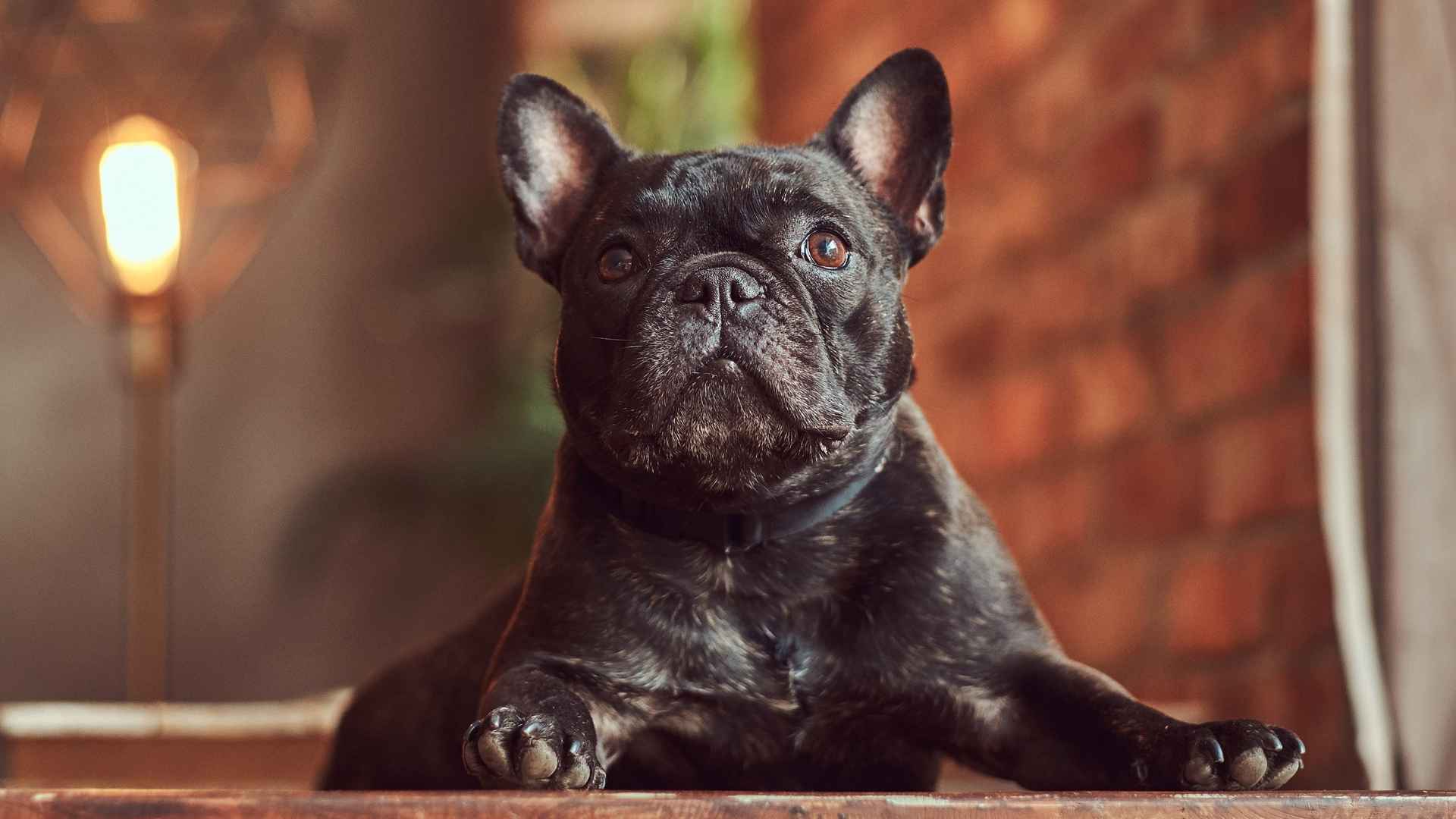Choosing a dog breed that fits your lifestyle is essential, especially if long daily walks or outdoor adventures aren’t part of your routine. While all dogs require some degree of physical activity to maintain their health, not every breed needs intense or extended exercise. Many low-energy dogs are perfectly content with short walks, light indoor play, and cozy nap times.
According to Dr. Jerry Klein, Chief Veterinary Officer of the American Kennel Club, it’s crucial to differentiate between the boundless energy of puppies and the more measured needs of adult dogs. Some breeds naturally settle into a slower pace as they mature, making them ideal companions for busy professionals, seniors, or anyone with mobility limitations.
Typically, low-exercise breeds are smaller, toy-group dogs historically bred as lap companions, not hunters or workers. But even larger breeds known for their calm demeanor can thrive without rigorous activity.
If you’re looking for a low-maintenance walking partner, these breeds may be the perfect fit. Here are the top dogs that don’t need much walking, just a little play and love go a long way.
Dog Breeds that Don’t Need Much Walk
1. Bichon Frisé
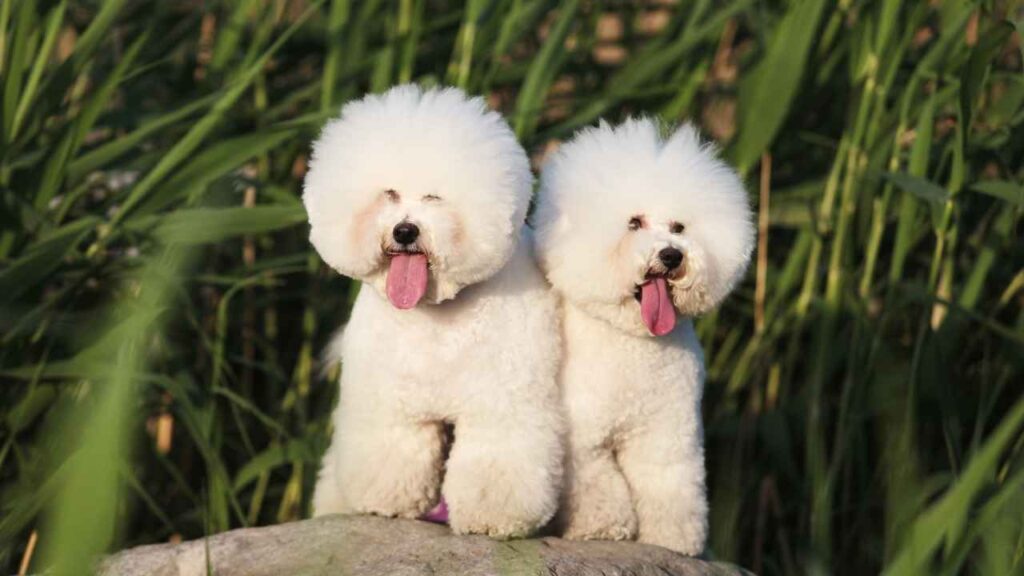
Key Traits:
Needs only short daily walks and indoor play
Compact and thrives in apartments
Low-shedding coat with high grooming needs
The Bichon Frisé is a small, sturdy breed that adjusts well to households with limited outdoor time. They only need around 30 minutes of exercise per day, typically met through a short walk and active bursts indoors. Their compact size makes them ideal for apartments or homes without a garden.
Originally companion dogs for Mediterranean sailors and later European aristocrats, Bichons are social and people-oriented. They form tight bonds with their families and may struggle with being left alone for long hours, which can lead to separation anxiety.
Their thick, curly white coat is considered hypoallergenic but demands routine grooming. Owners should plan for regular brushing, monthly trims, and daily eye cleaning to prevent tear staining and matting.
While generally healthy, the breed is prone to cataracts, skin allergies, and watery eyes. Choosing a reputable breeder and maintaining routine vet visits helps reduce these risks and ensures long-term health.
2. Papillon
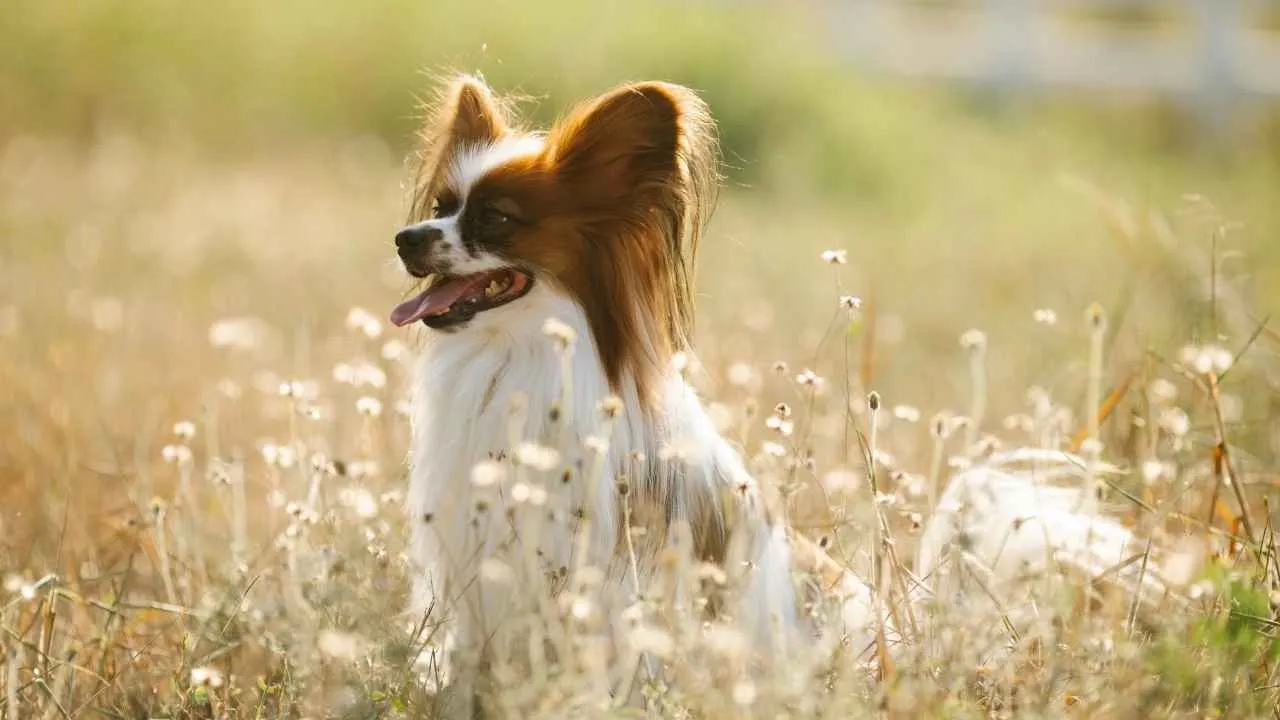
Key Traits:
High-energy with modest exercise needs
Eager to learn and thrives on attention
Sensitive frame with moderate grooming needs
The Papillon, named for its butterfly-shaped ears, is a lively toy breed with a bold personality. Though small in size, it has high energy reserves and stays content with a few short walks paired with interactive indoor games. Their compact build and agility make them excellent apartment dwellers, especially for owners ready to provide stimulation in smaller spaces.
As per Orvis, this breed is remarkably intelligent and easily trainable, often excelling in obedience, agility, and trick-based activities. Positive reinforcement works well with Papillons, but consistency is key, especially when it comes to house training, which can take longer in this breed.
Grooming requires regular brushing to prevent tangles in their long, silky coat, especially around the ears and legs. Despite low shedding, they are not hypoallergenic. Dental care is essential due to their risk of periodontal disease.
Health concerns include luxating patella, tracheal collapse, and progressive retinal atrophy. Early vet screening and careful exercise help maintain their well-being.
3. Pomeranian
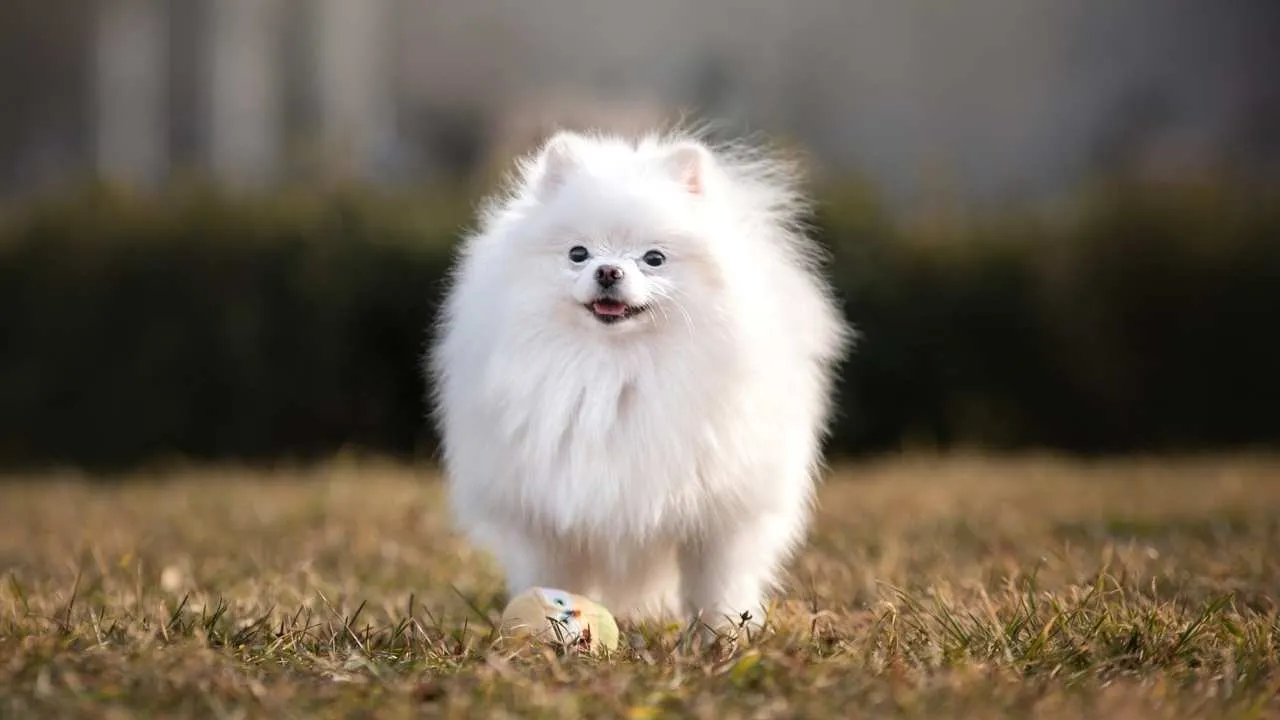
Key Traits:
Bold, alert, and full of character
Moderate activity needs despite compact size
Vocal and confident, natural indoor watchdog
Pomeranians pack a big personality into a tiny frame. Originally descended from larger sled dogs, these spirited companions are confident, vocal, and thrive on human attention. Despite their petite size, they’re bursting with energy and curiosity.
They require around 30 to 60 minutes of daily activity. Short walks, indoor fetch, and mentally stimulating games are ideal. Without regular stimulation, their sharp minds may turn to barking or stubborn behaviors.
Naturally alert, Pomeranians make excellent watchdogs, quick to sound off at the slightest disturbance. While affectionate and loyal to their families, they often act braver than their size suggests. Early socialization helps balance their boldness and encourages calm behavior around new people and pets.
Training works best with positive reinforcement and variety. They’re intelligent and eager to learn but can be strong-willed. Keeping sessions short and fun maximizes engagement and reinforces good habits.
Visually striking with a plush double coat and fox-like face, Pomeranians are lively companions well-suited to apartment life, as long as their big energy gets an outlet. With structure and attention, they’re delightful, animated pets.
4. French Bulldog
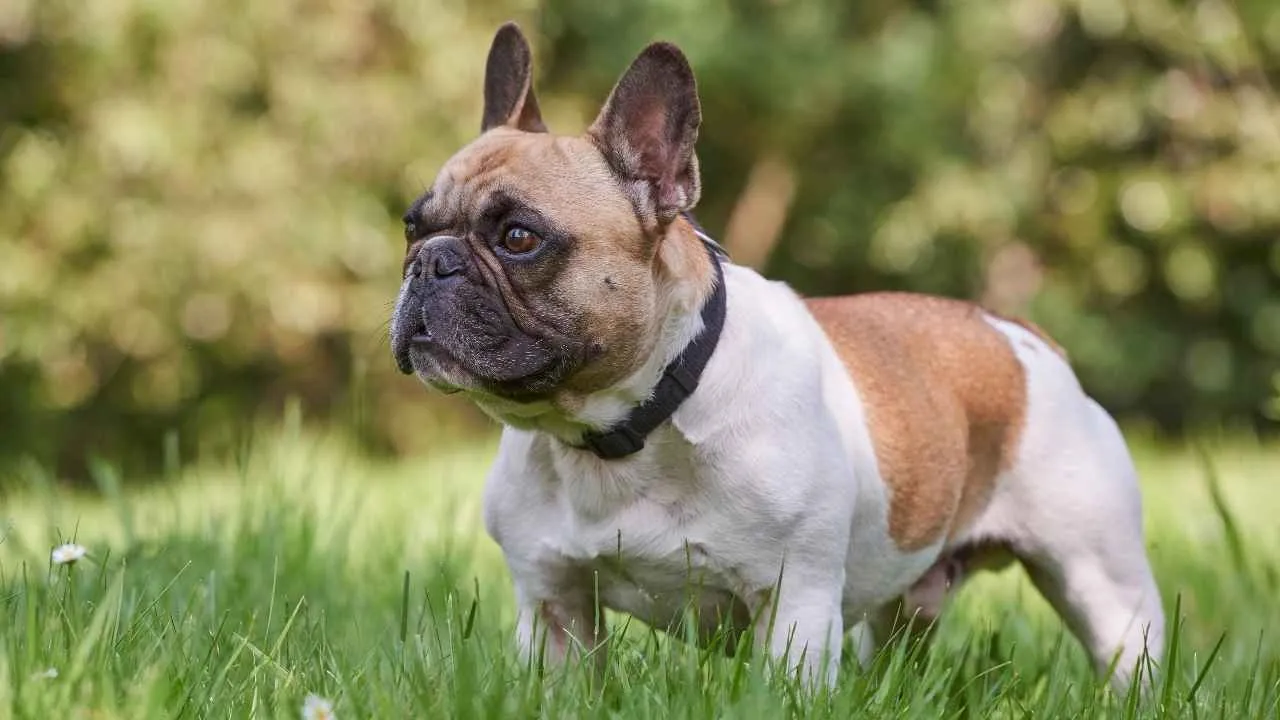
Key Traits:
Low exercise needs; thrives on companionship
Ideal for indoor living and moderate climates
Affectionate, calm, and sociable temperament
French Bulldogs, or “Frenchies,” are compact, easygoing companions with a gentle spirit and a charming, clownish demeanor. Their short snouts make them prone to breathing issues, which limits their stamina and makes short walks and indoor games ideal. A few minutes of activity, mental stimulation with puzzle toys, and quality time with their humans usually suffice.
Frenchies are well-suited for apartments or houses with limited outdoor access. They overheat quickly, especially in warm or humid weather, so exercise should always be light and preferably indoors. When active, they enjoy playful interaction but tire easily and love lounging just as much.
These dogs are naturally social and adapt well to households with children or other pets. Early socialization helps reinforce their natural friendliness, while consistent training supports good behavior and confidence in new situations.
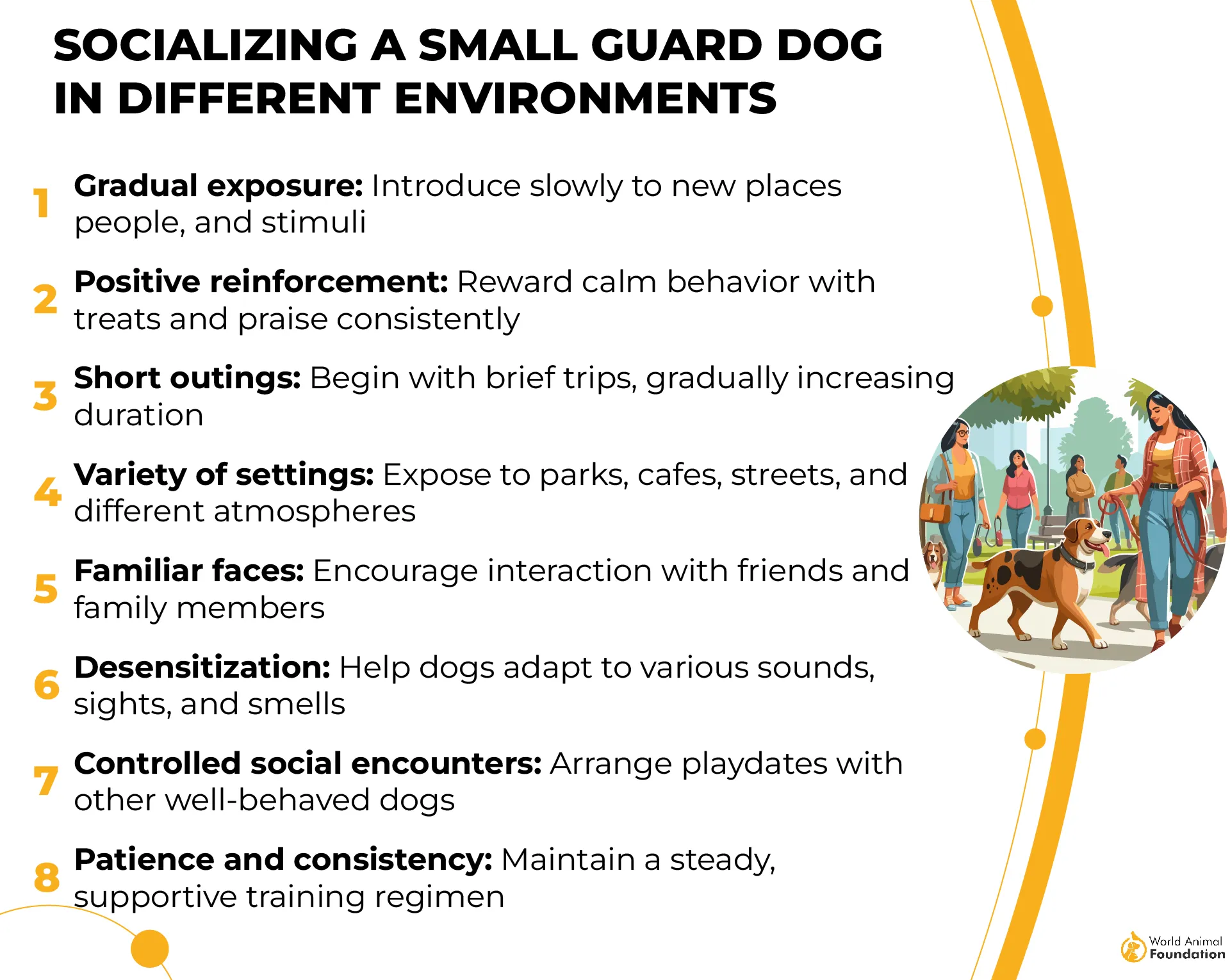
With their affectionate nature and easygoing lifestyle, French Bulldogs are perfect for those seeking a loving companion without demanding exercise routines.
5. Dachshund
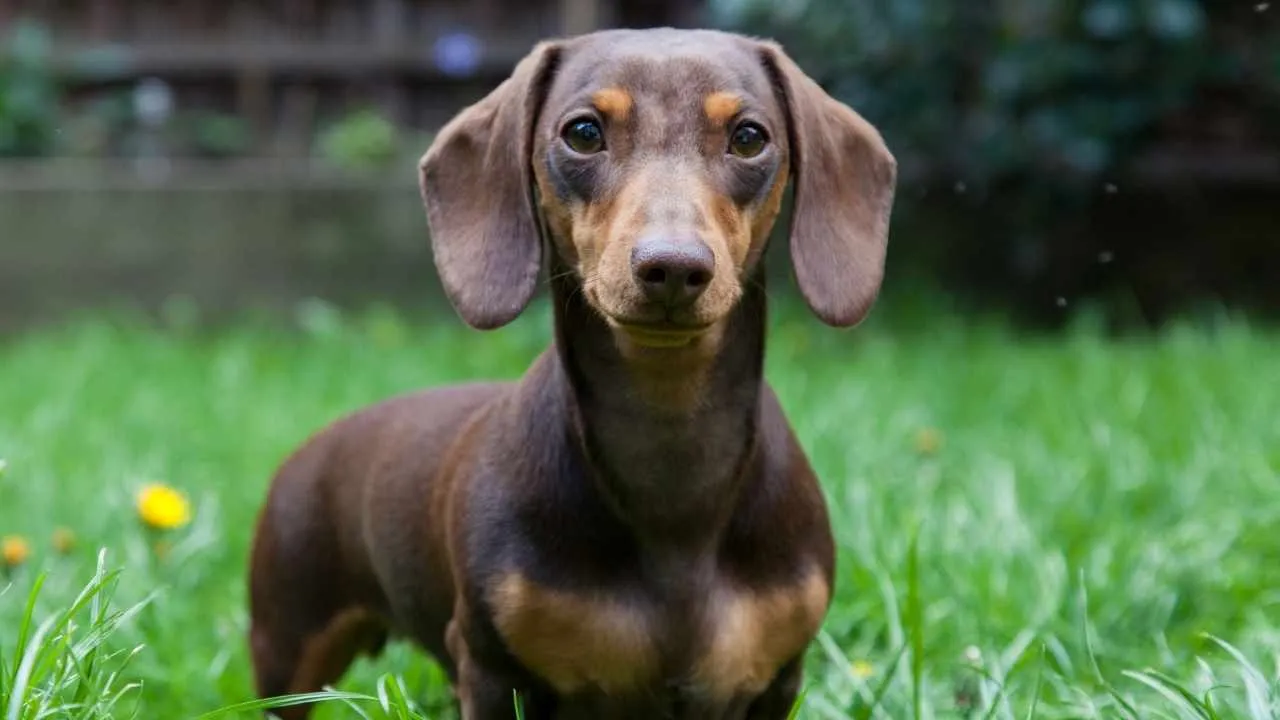
Key Traits:
Energetic and curious with a strong prey drive
Needs careful, moderate daily exercise
Prone to back injuries; avoid jumping and stairs
Dachshunds are famously bold and adventurous, packed with more personality than their small frames might suggest. Originally bred in Germany to hunt badgers, these dogs are tenacious, clever, and surprisingly agile for their size. Despite their hunting origins, they don’t require intense exercise. Short walks and play sessions suffice, as long as they are consistent and low-impact.
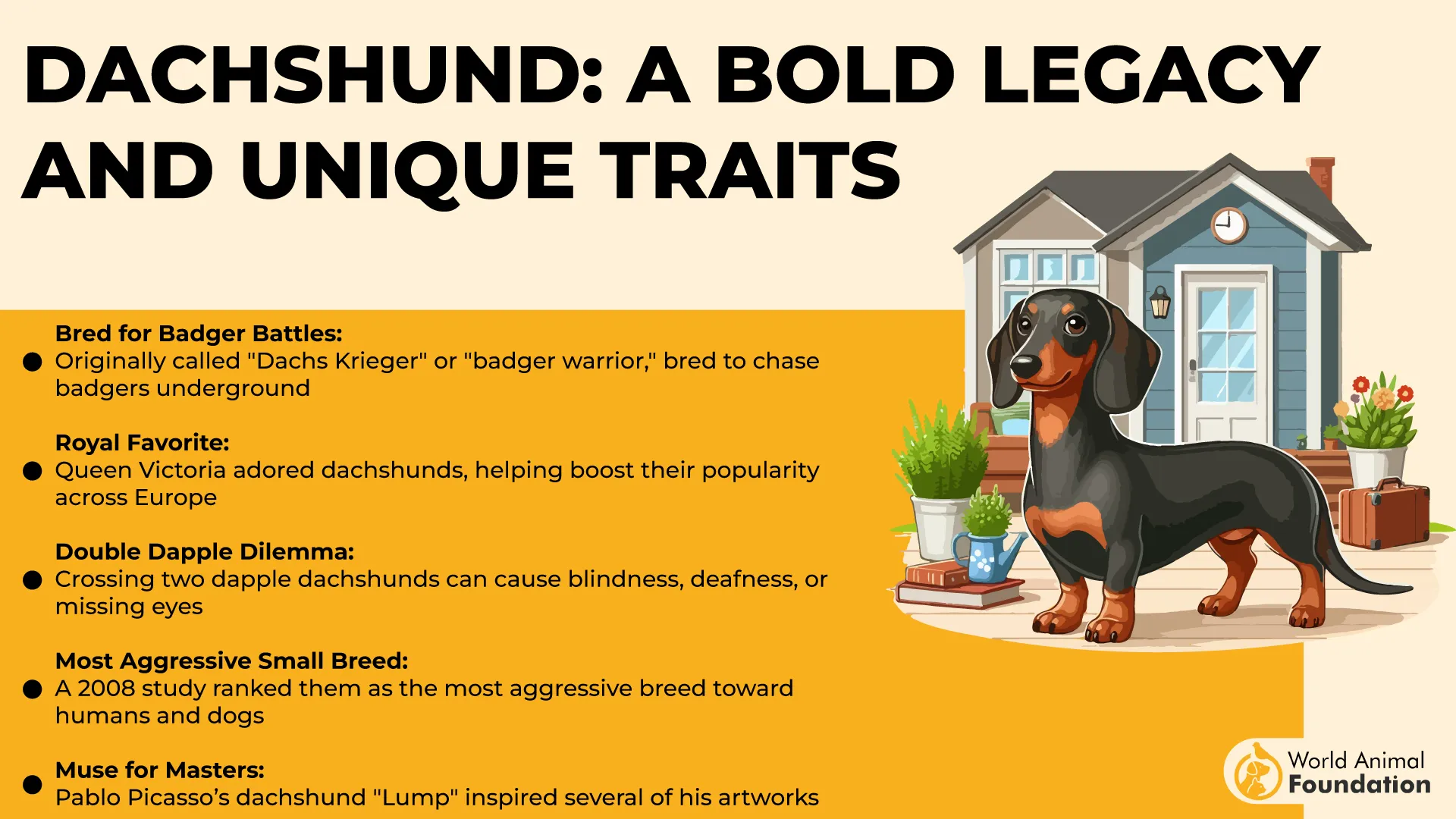
As per PetMD, because of their long spine and short legs, they’re at high risk for intervertebral disc disease (IVDD). It’s crucial to prevent jumping from heights or navigating stairs without assistance; ramps or pet steps are highly recommended. Their bodies need strong muscle tone, so daily activity is essential to maintain back support and a healthy weight.
They thrive on mental stimulation, scent work, puzzle toys, and games that engage their tracking instincts are perfect. While they can adapt well to apartment life, they may bark frequently and need structured training from early on.
Independent but affectionate, Dachshunds are loyal companions who need thoughtful care to stay physically strong and behaviorally balanced. With the right balance of activity and preventive care, they make delightful pets for families willing to meet their unique needs.
6. Yorkshire Terrier
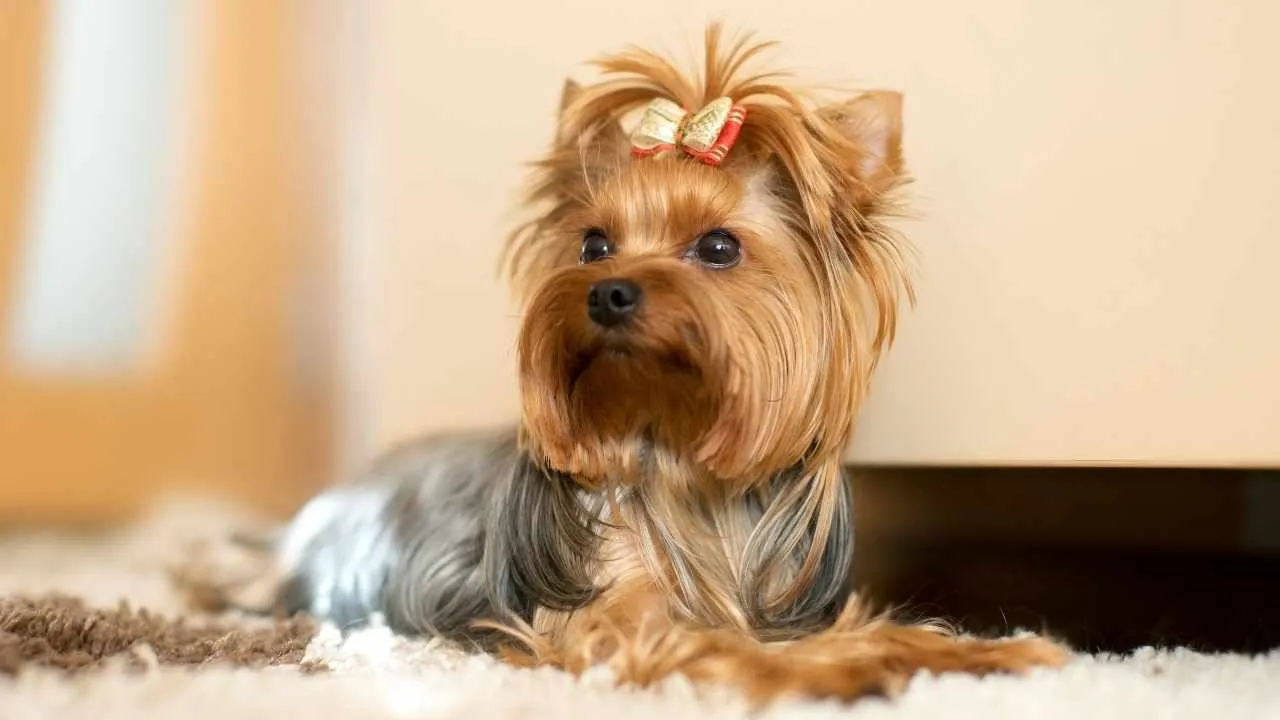
Key Traits:
Spunky, affectionate, and highly people-oriented
Well-suited to apartments and urban living
Needs only light daily exercise, thrives indoors
Yorkshire Terriers are compact dogs with a surprisingly bold personality. Once bred to chase rodents in English mills, they’ve since become devoted companions known for their loyalty and sass. Despite their size, they’re confident and full of character.
As per Pethealthclub, these dogs don’t need much physical activity. Two short walks or indoor play are usually enough to keep them content. They burn energy quickly and adapt well to life in flats or homes without yards.
Training comes naturally to Yorkies when started early. They’re smart and enjoy learning, though their independent streak can show. Early socialization and positive reinforcement help tone down any excessive barking or stubborn habits.
Yorkies form close bonds with their humans and love being the center of attention. While some are cuddly lapdogs, others show strong terrier traits—curious, vocal, and always alert. Their size makes them ideal for urban living, but their personality ensures they’re never overlooked.
7. English Bulldog
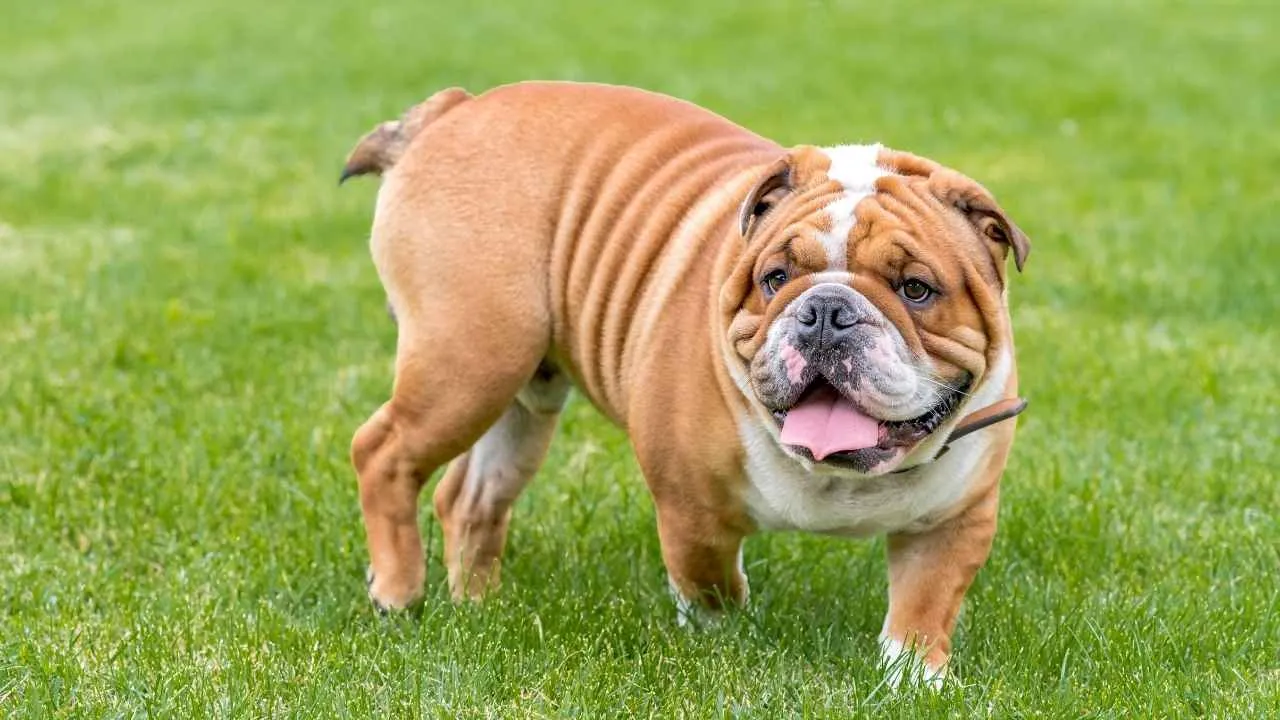
Key Traits:
Gentle, affectionate, and laid-back
Low daily exercise needs
Great for indoor living and apartment setups
English Bulldogs are mellow, people-loving dogs that thrive in calm households. They form strong bonds with their families and enjoy lounging around, making them ideal companions for apartment dwellers or less active owners.
Though built solidly, Bulldogs need only light daily activity, two short walks, and indoor play to keep them healthy. Avoid intense exercise or heat exposure, as their flat faces can cause breathing issues.
Training can be slow due to their stubborn streak, but consistency and positive reinforcement go a long way. They respond well to short, reward-based sessions, especially when kept fun and low-pressure.
While they’re not prone to barking, Bulldogs remain loyal and protective. Their look alone acts as a quiet deterrent, but they’re more snuggle bug than guard dog. With affection, structure, and light engagement, Bulldogs are easygoing companions that bring charm and calm to any home.
Conclusion
Not every dog thrives on long walks or high-octane activities. Many low-energy breeds are perfectly content with light exercise and gentle play, making them especially suitable for apartment living or first-time dog owners. While most dogs enjoy some daily activity, some breeds have minimal exercise needs and adapt easily to quieter lifestyles.
In addition to the breeds discussed above, other dogs such as Shih Tzus, Basset Hounds, Cavalier King Charles Spaniels, and Chinese Crested dogs are excellent companion dogs known for their calm temperaments and low activity levels. Shih Tzus, in particular, are classic couch potatoes, affectionate, adaptable, and needing only moderate exercise to stay healthy. Basset Hounds, with their laid-back nature and sturdy frame, also require minimal activity, preferring slow strolls over anything intense.
Even large dogs can suit low-energy households. While young dogs may go through more active phases, many settle comfortably into routines that involve just a bit of daily movement. These dogs may not be suited for canine sports, but they excel as loyal housemates who are happiest simply being near their people.
Whether you’re in a small space or simply prefer a slower pace of life, there are many breeds, from little dog companions to easygoing larger ones, that fit beautifully into a relaxed lifestyle.


